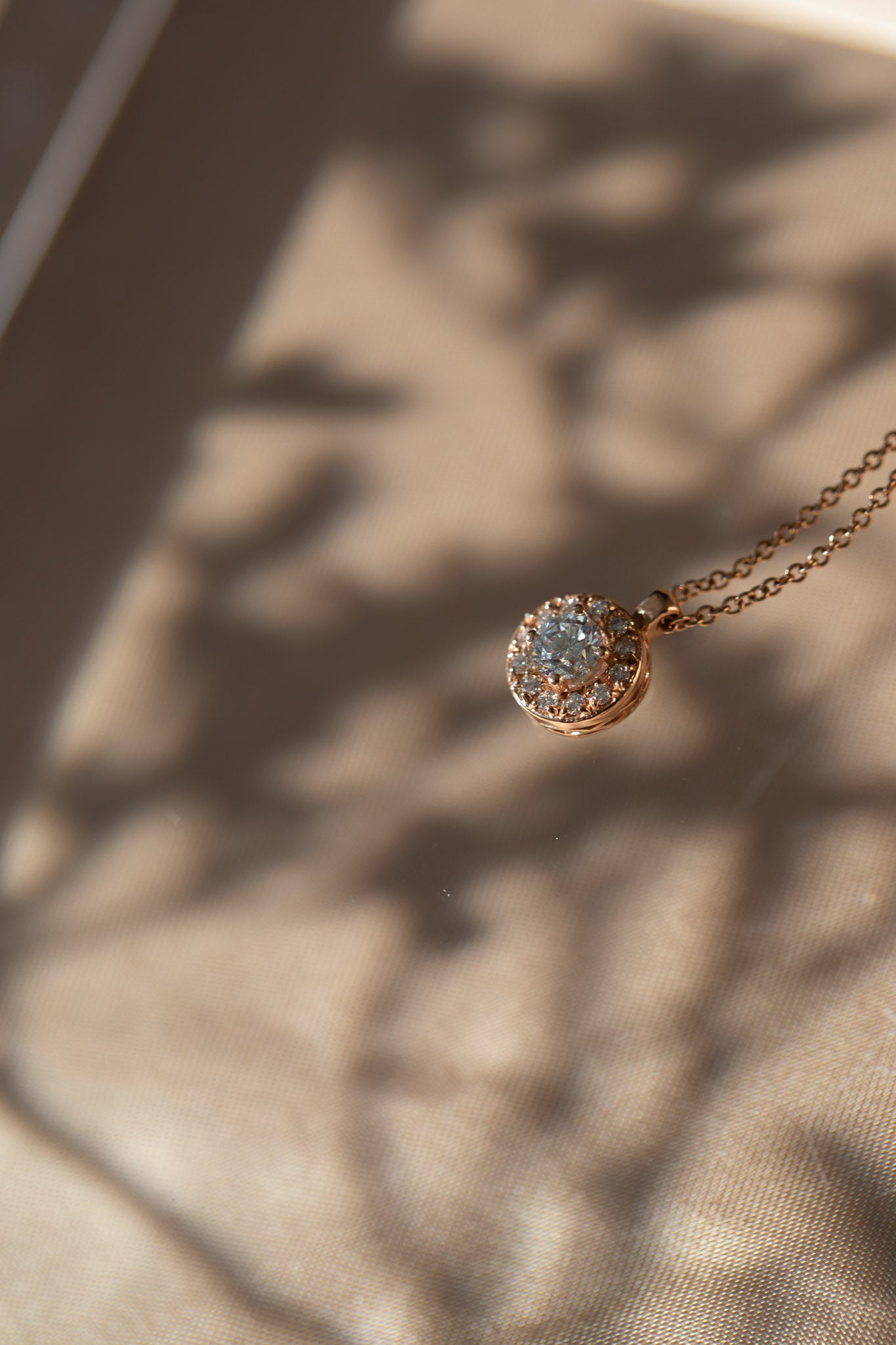What makes our 18-karat solid gold jewelry so special? Why 18 karats, why solid? Continuing our quest to shed a little light on the rationale behind our choice of resources, we are here to answer questions about the gold used in our jewelry.
What are the differences between 12, 14, 18 carat gold and what do they mean?
Simply put, the measure karat states the amount of gold mixed together with other metals.
Gold in its purest form contains about 99.95% of gold and is rated as 24-karats. Being so pure, it means that no other metals have been mixed with it which makes it a rare and highly valuable material. Sounds perfect for luxury jewelry, right? However, when it comes to creating durable jewelry pieces, 24-karat gold is actually too soft to be used. Too soft material makes jewelry more prone to breaking, which is why to increase the gold’s endurance and making it last as long as possible, it is mixed with other metals that lower its purity but make it hard enough to last regular wearing.
For this purpose, there are other established karat levels such as 18-, 14-, and 12-karat gold, to name a few. The degree of pure gold for 18 karats is 75%, for 14-karat gold it is 58.5%, for 12-karat gold it 50%, and so forth. We at KARAAT use only 18-karat gold in our jewelry. The reason for this is simple: it is actually the most valuable and usable type of gold in all kinds of jewelry, will keep its value, and gives our fine pieces their exceptional shine, color and quality which you will not find in lower qualities of gold.
All our jewelry is stamped with Millesimal fineness “750”, stating that it is 18-karat gold. If you look closely at the inside of your KARAAT ring or pair of earrings, you will see this tiny stamp which symbolizes this specific karat quality of gold.
Always 100% Solid Gold
Modern luxury jewelry should last a lifetime – or more. The fact that a jewelry lasts for decades will lower the environmental impact of the piece. In addition, we believe jewelry should retain its value as long as its worn. This level of quality will only be achievable by working with 100% solid gold, meaning that jewelry pieces are not plated or filled. This also ensures that jewelry does not have anything that would be made from non-precious metal. Our jewelry is therefore not coated with a gold layer that easily loses its shine, wears off and loses its value.
You can measure the weight of these pieces to easily know their actual value in gold. When buying luxury items in solid gold, you can rest assured that they will their value – even if worn daily.
Where does white and pink or rose gold come from?
Gold comes naturally with its yellow color, which is enhanced by a high-quality polish. Manufacturing white, yellow, or rose gold does not change the value of the gold – or the gold purity of the piece.
White gold has the same gold contents as yellow gold, as explained above. The difference and the white color comes from the additional metals mixed with it in the manufacturing process. As an example, 18-karat white gold has the same gold value, but has silver and palladium mixed into it to give it the white color. The finishing touch with white gold is a rhodium coating, which can naturally wear off over time, but can be reapplied by us.
Rose gold is made with a similar mix, but with different ingredients. 18-karat rose or pink gold includes the same share of pure gold as 18-karat yellow gold, but in addition includes copper and silver to give it the champagne rose like color.
Leave us a comment to let us know which gold is your favorite!
Go visit our store to find eternal pieces, made only from 18-karat solid gold. With the right care you can lovingly wear your timeless pieces – and pass them on to next generations.

Leave a comment